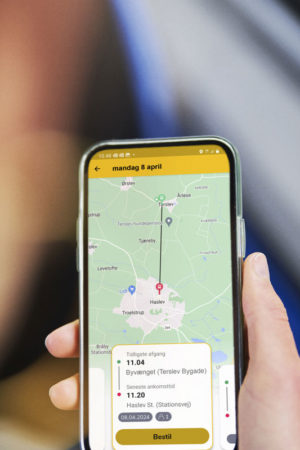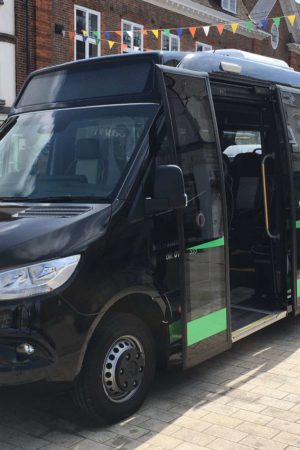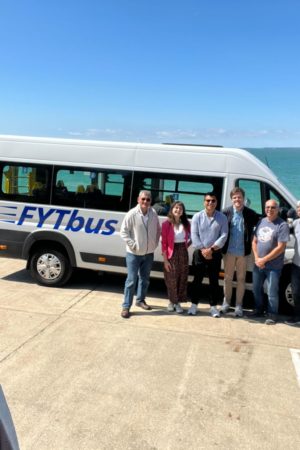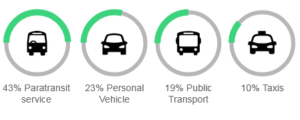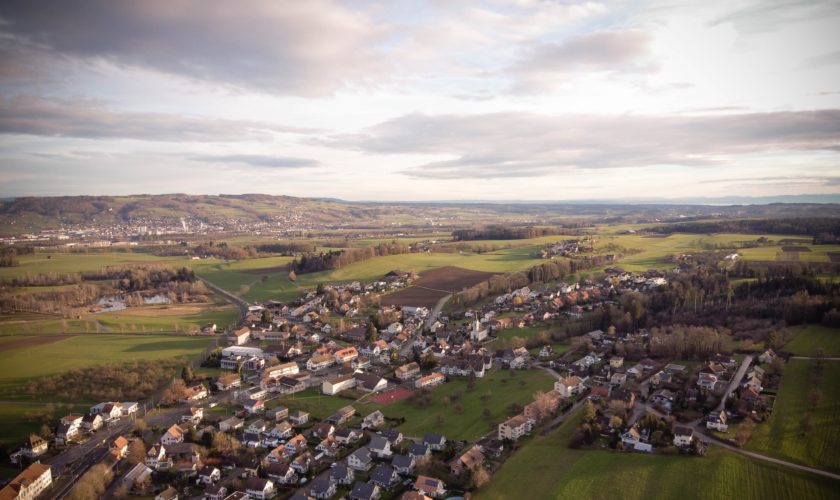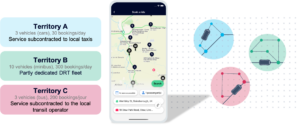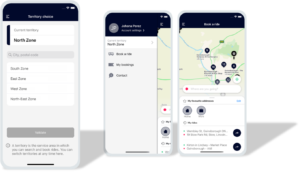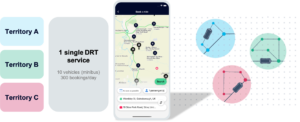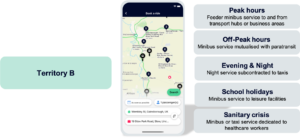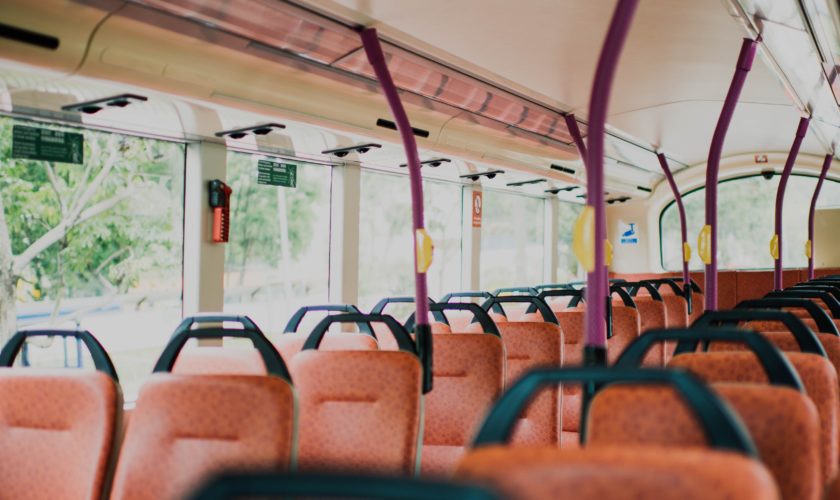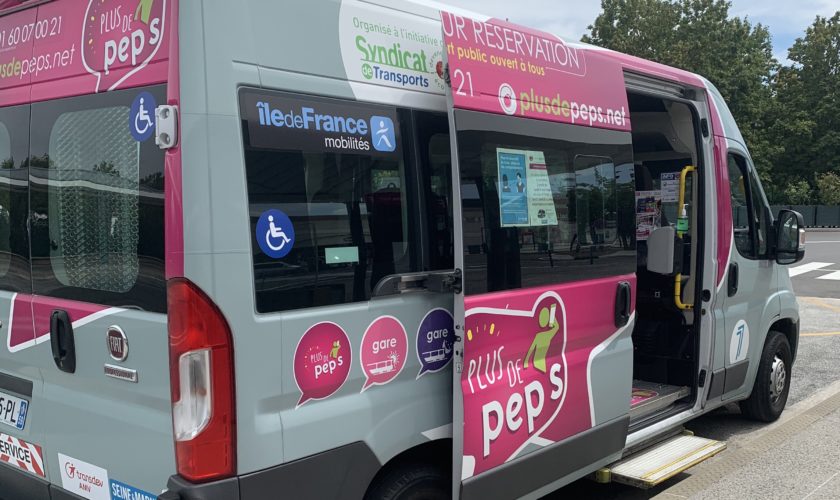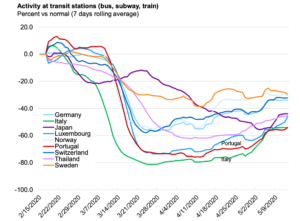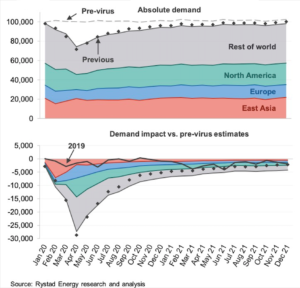Ride booking by phone: betting on accessible and inclusive mobility solutions means that users who do not have a smartphone or are unfamiliar with digital tools can book their Demand-Responsive Transport (DRT) and Paratransit services directly by phone.
The call centre interface proposed by Padam Mobility in its software suite is simple, intuitive and ergonomic. It guarantees quick and appropriate support for specific groups such as People with Reduced Mobility Needs (PRMs) and senior citizens, while allowing them to benefit from the full potential of Padam Mobility’s dynamic DRT optimisation algorithms.
Presentation of a solution with which 70% of Padam Mobility’s DRT services are equipped.
Se mettre à la place de l’usager pour mieux le servir
Les téléopérateurs des centrales d’appels équipées par Padam Mobility ont accès à un site web de réservation très similaire à celui de l’usager. La différence réside dans la fonctionnalité “agir en tant que” qui leur permet de prendre facilement la main sur les réservations et la gestion des comptes usagers. Que le téléopérateur ait accès à la même interface que l’usager répond à un double objectif :
Putting oneself in the user’s shoes to serve them better
The teleoperators of the call centres equipped by Padam Mobility have access to a DRT booking website very similar to the user’s one. The difference lies in the “act as” feature that allows them to easily take control of user bookings and account management. The fact that the teleoperator has access to the same interface as the user serves a dual purpose:
- Ergonomics, speed and ease of use: because there is no reason why the teleoperator should book less easily than the user. Just like the user, the operator has access to favourite addresses and the history of rides made, so that new bookings for regular rides can be made in just two clicks.
- Support towards digital transition: because he/she has access to the same screens, the operator can also easily accompany the user on the phone when he/she tries to make his/her own bookings on his/her own browser.
The interest of our call centre solution lies in the specific support it provides for DRT or Paratransit booking over the phone. It is also an excellent tool to support the digital transition and empowerment in the booking process of populations who want to take the plunge but do not necessarily dare to take the plunge”.
Inès Chaibi, Head of the Customer Success Department at Padam Mobility.
With our call centre solutions, we enable users who are not used the latest digital tools to benefit from all the technological innovation made possible by the ride and itinerary optimisation algorithms we develop. In this way, we make all the advantages of an exceptional innovation accessible to the greatest number of people”.
Thibault Lécuyer Weber, Chief Marketing Officer at Padam Mobility.
Book quickly and easily for a user: instructions of use
Thanks to the Padam Mobility call centre solution, teleoperators can make bookings on behalf of the user:
- By entering an address manually, with the help of the user to fill in the fields when entering the address.
- By choosing one of the user’s favourite addresses, if they have been previously informed,
- By duplicating a past ride from the booking history
Teleoperators then provide the pick-up or drop-off time desired by the user, as well as the desired date(s), recurrence (if any) and number of passengers. Once the results are displayed, they describe over the telephone the characteristics of each of the proposed itineraries (departure and arrival times, walking time, etc.). If one of the proposed itinerary corresponds to the user’s needs, they confirm the ride booking.
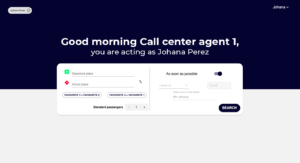
The user then receives the same information he/she would have received when making his/her own booking: a confirmation email, a reminder SMS and a SMS notifying him/her that the vehicle is approaching.
When the integration of the central call centre solution is set up with a telephony tool, teleoperators are automatically connected to the account of the user who contacts them.
Accompanying is also being accompanied
Teleoperators in charge of making bookings by tphone via the Padam Mobility call centre interface can receive a dedicated training. In addition to the presentation of the tool, it aims to provide detailed explanations and answer questions. A real-time demonstration allows each teleoperator to learn step by step the main tasks that will be entrusted to him/her:
- Creating a user account and modifying his/her personal information
- Searching for a user and making a booking on his/her behalf
- Explanation of the key information to be given back to the user on the service operation or his/her ride booking in particular
- Access to a user’s ride history
- Cancellation or modification of a ride booking
Once trained, the teleoperator benefits from support from Padam Mobility’s Customer Success team through a dedicated support interface. This interface allows him/her to access at any time to:
- A complete and regularly updated documentation
- A FAQ (Frequently Asked Questions) window
- A ticketing service for specific questions or questions that are not listed in the FA
The training of the teleoperators and the support provided by our teams aim to guarantee the success of the DRT or Paratransit services. It is also an opportunity to make the teleoperators aware of the adapted support they need to provide to certain specific populations such as the elderly”.
Chloé Forestier, Customer Support manager chez Padam Mobility.
This article might interest you: Survey: What your paratransit users really need

